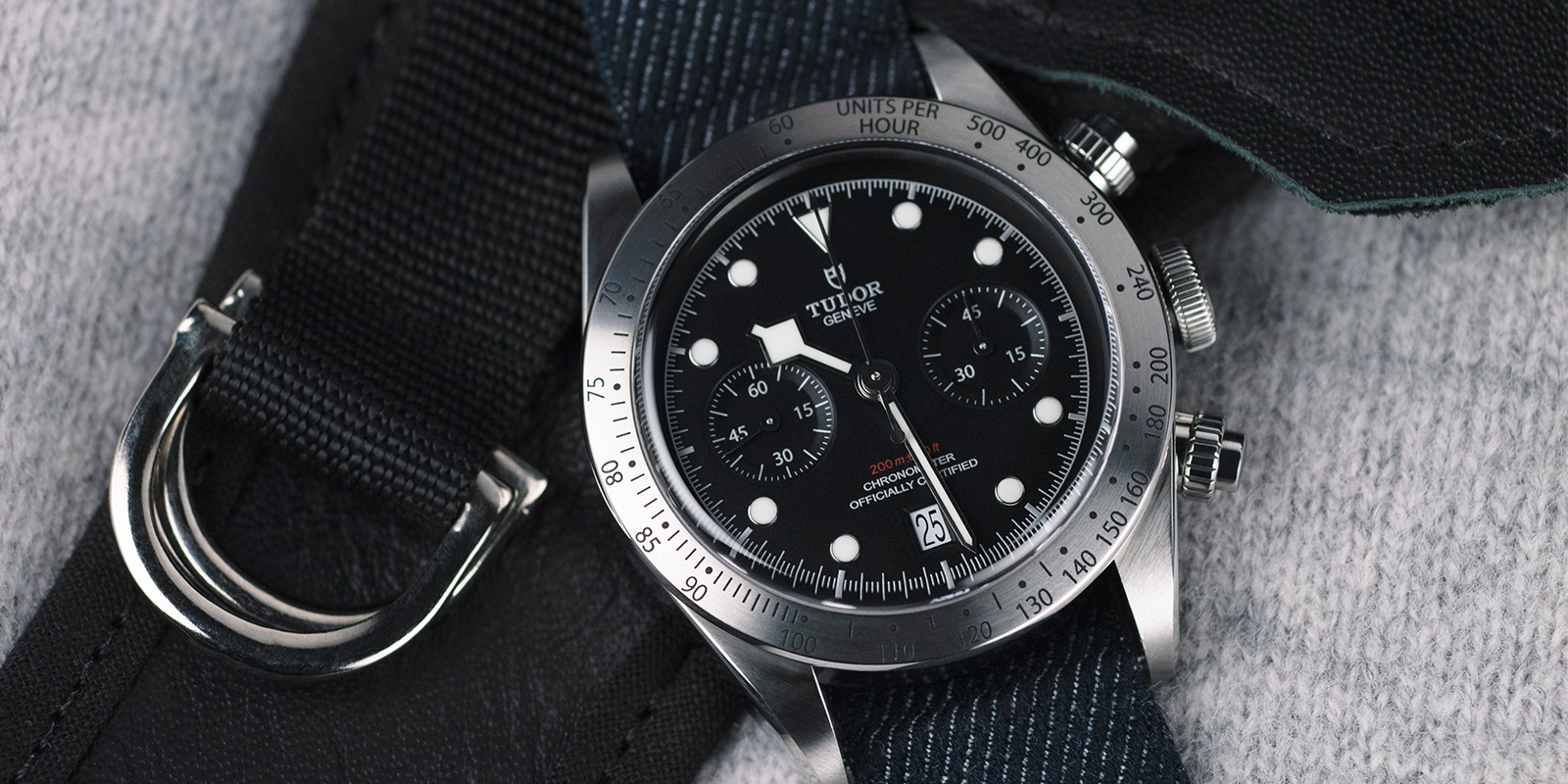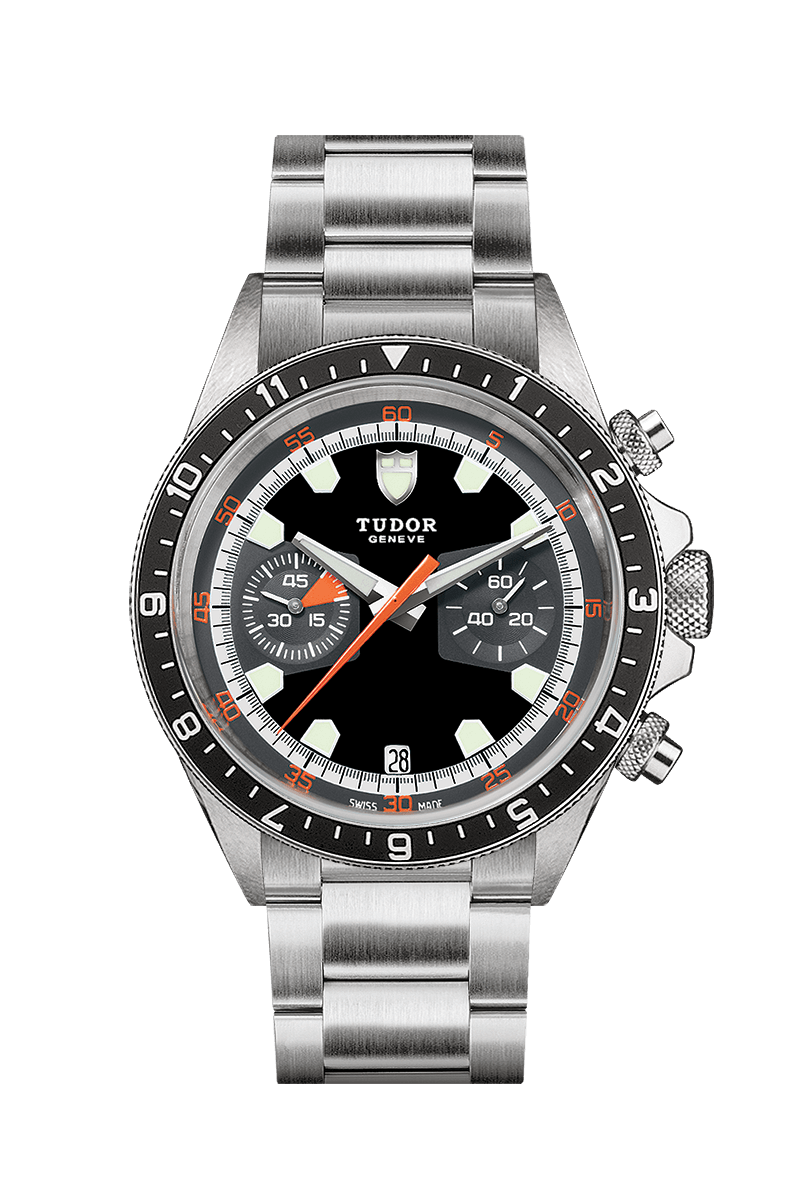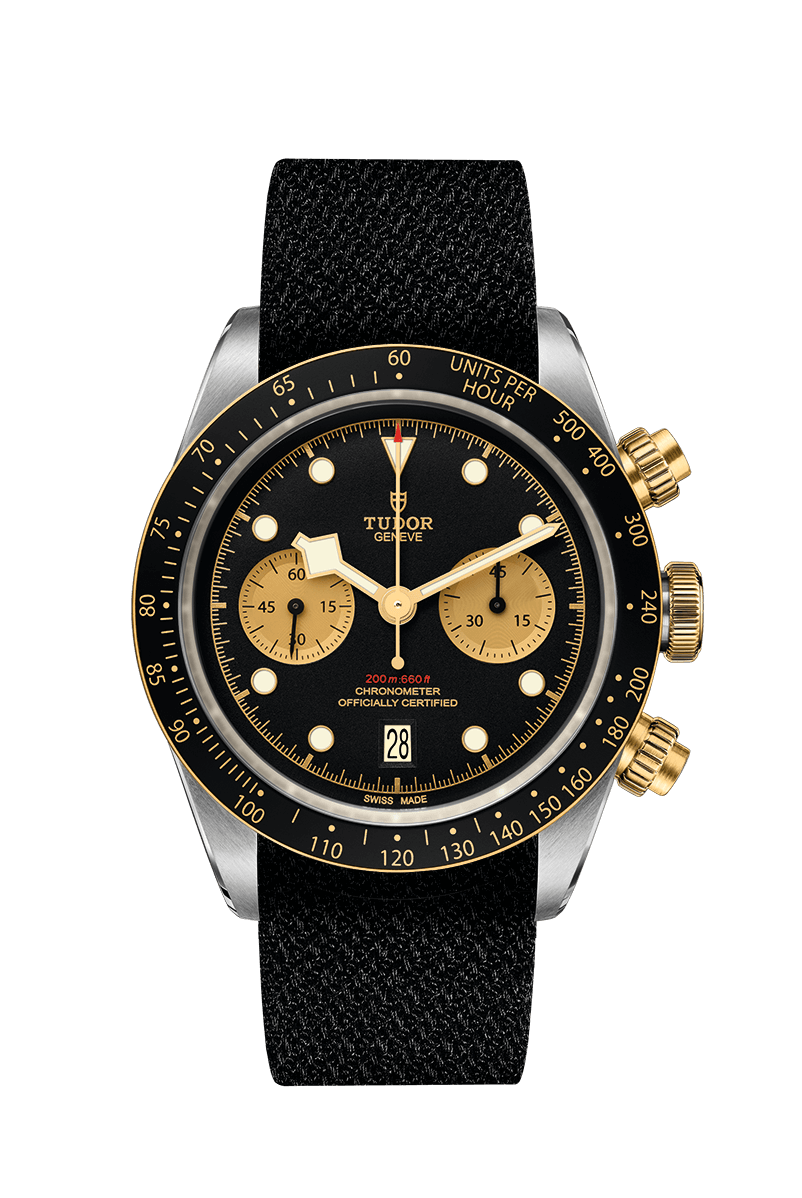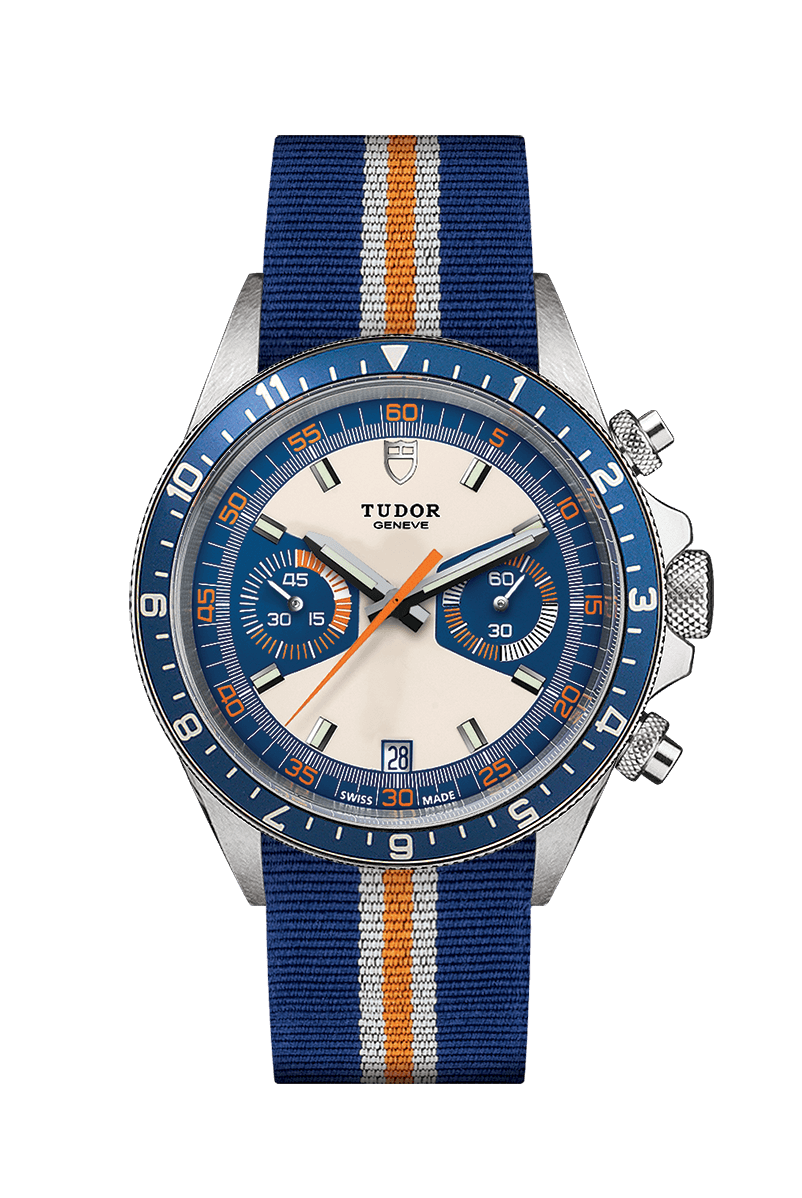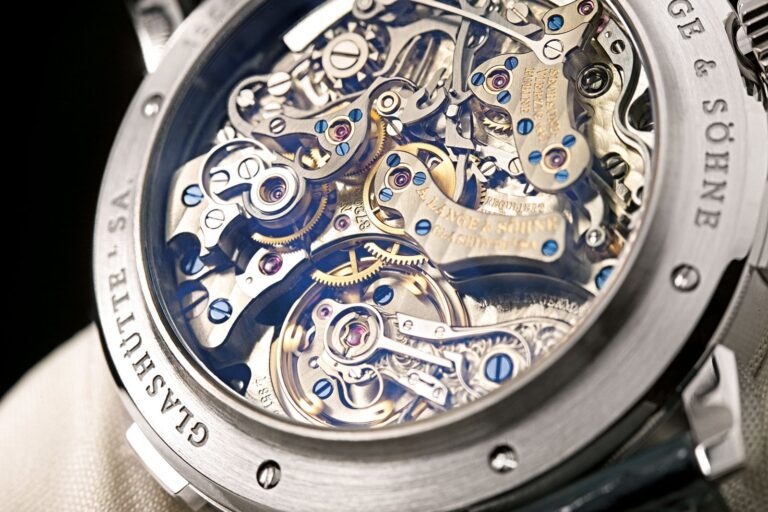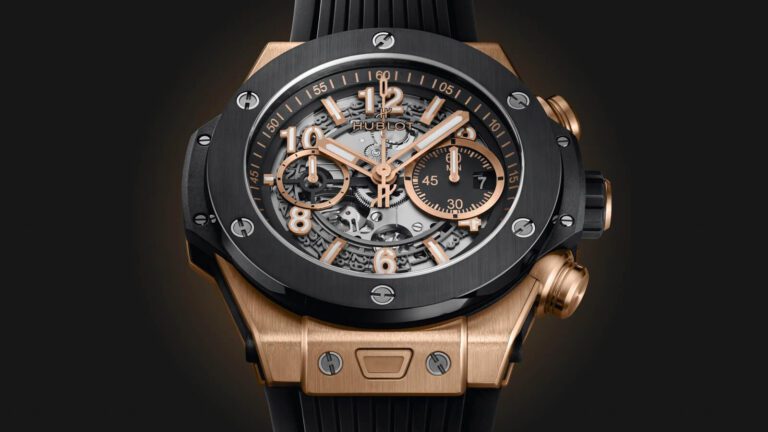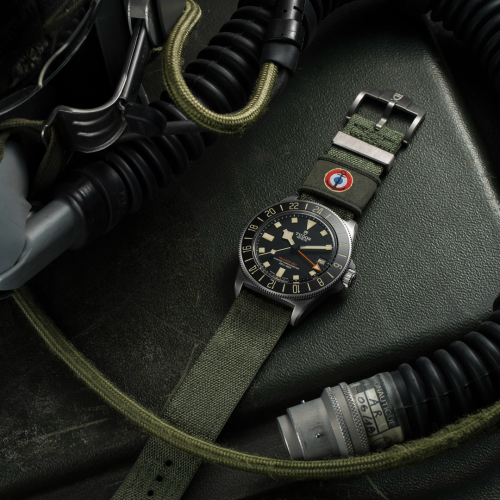Race Day
Celebrating 50 Years Of TUDOR Chronographs
Since 1970, TUDOR has been making sporty, functional chronograph watches that pair precision timekeeping with unique design. Favoured by race car drivers and active enthusiasts alike, those early, colourful models stand as enduring icons in the world of mechanical chronographs. Embodied in these watches is the spirit of independence and innovation that continues to define TUDOR as a brand. These are timepieces made for watch lovers who want to blaze their own trail and need a robust and reliable companion to join them.
This outsized contribution to the mechanical chronograph market is made all the more remarkable by the fact that TUDOR entered the fray a decade later than most of its peers. As you will soon learn though, the brand has more than made up for the lost time over the past five decades. And, looking at the current collection, it’s pretty clear TUDOR hasn’t lost its touch for making sporty chronographs that define the genre. Read on to discover some of the significant models from TUDOR’s 50 years of chronograph history.
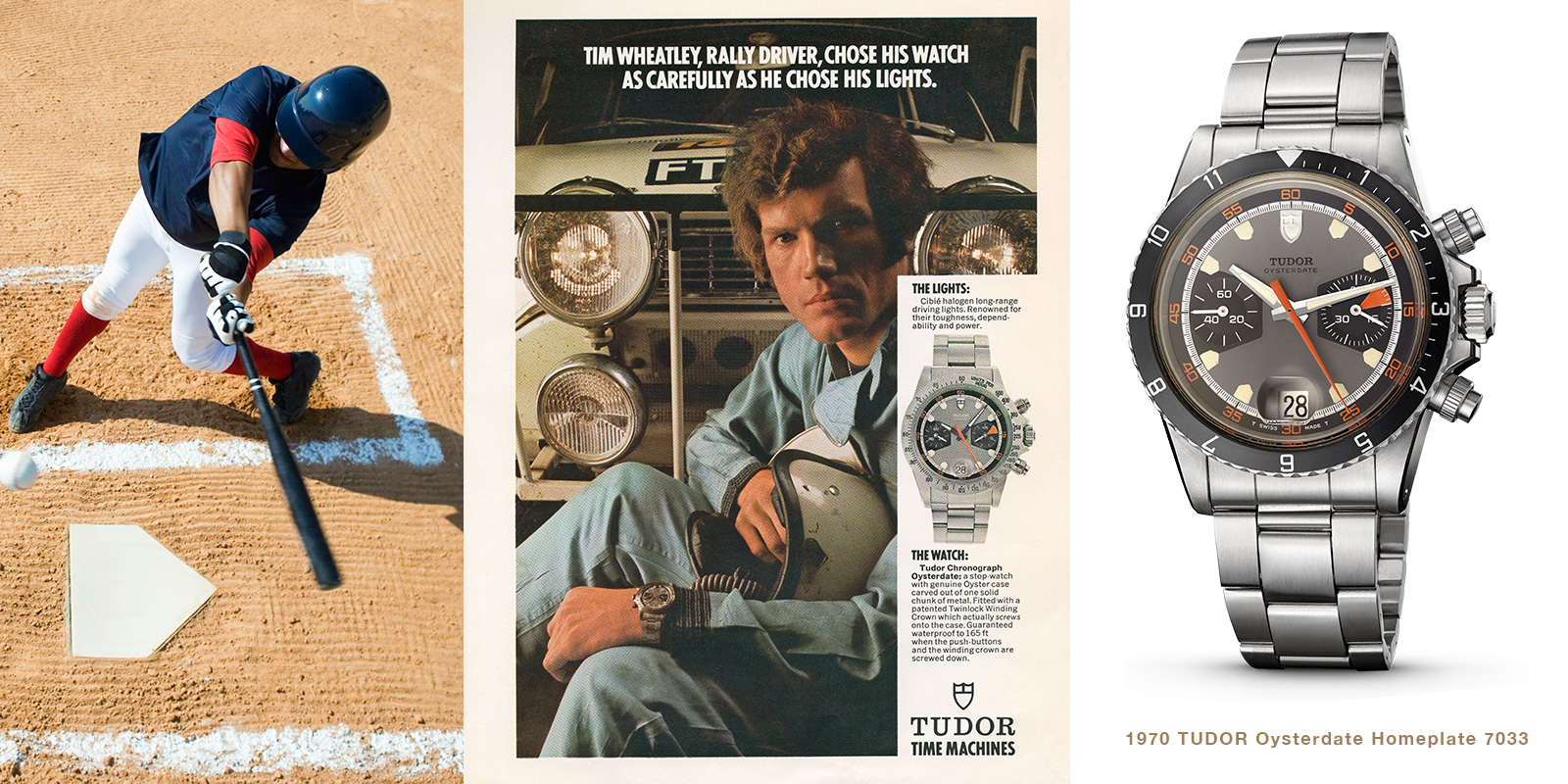
The first TUDOR chronograph was named the Oysterdate and made its debut to the market in 1970. Presented in a generously-proportioned steel Oyster case measuring 39mm in diameter (large for the time) it was powered by the ever-reliable mechanical Valjoux 7734 calibre with manual winding and cam chronograph mechanism. Three variations were created, although only two ultimately made it past the prototyping stage and into production.
These models make up what is known as the 7000 Series, comprising reference 7031, 7032 and 7033 (the last one only existing as a prototype). Each is distinguished by its bezel type. Reference 7031 featured a bezel topped by a Plexiglas disc with a 500-unit graduated tachymetric scale, allowing the wearer to calculate average hourly speeds between two points. Reference 7032 featured a satin- brushed steel bezel, also engraved with a 500-unit tachymetric scale. Finally, reference 7033 had a bidirectional rotating bezel with a 12- unit graduated black disc in anodised aluminium.

What really set the Oysterdate apart though was its unusual dial design. Two variations were available, grey and black, each with striking orange highlights. Other key hallmarks include trapezoidal sub-dials and pentagonal-shaped painted luminous hour markers, the latter leading collectors to nickname these models “Homeplate” in reference to the home plate on a baseball field. And yet another defining feature was the 45-minute graduations on the chronograph’s minute counter, as opposed to the more common 30-minute variant.
The first generation of TUDOR chronographs was soon followed by a second in 1971 – the 7100 Series – which would remain in the brand’s catalogue until 1977. Dubbed the TUDOR “Monte-Carlo” among enthusiasts thanks to their roulette wheel-style dials, the 7100 series chronographs retained the same case as their predecessors as well as the spirit of their dial, but the movement changed to the manually wound Valjoux 234. This new movement offered a more sophisticated chronograph mechanism, with clutch and column wheel. A new colour combination was introduced in this series, TUDOR’s signature blue, with a blue and grey dial and two types of matching blue bezel.
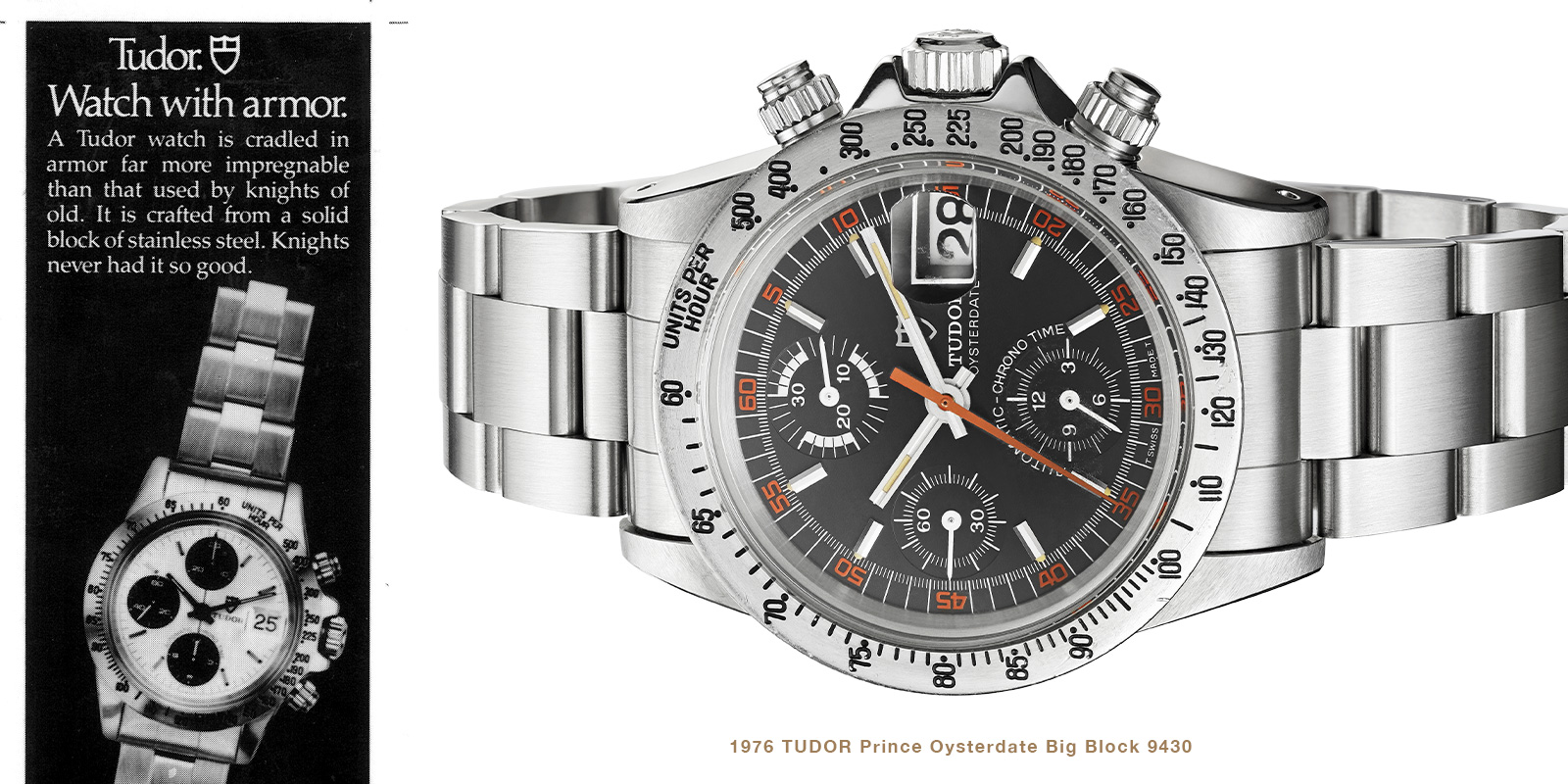
The next evolution of the TUDOR chronograph was the introduction of 9400 Series in 1976. Better known to collectors as the “Big Block”. These new Prince Oysterdate watches were the first TUDOR chronographs to be equipped with self-winding movements. And while the case retained the general lines of the previous families, it needed to be made thicker to accommodate the rotor of the self-winding movement, hence its descriptive nickname.
Like the previous generations, the 9400 series consisted of three references, each distinguished by their bezel type. Similarly, several dial variations were available. These featured two aesthetic trends, one drawing from the spirit of the dials of the two previous series, the other highlighting the strong contrast between dial and counter with black and white or silver and white combinations.
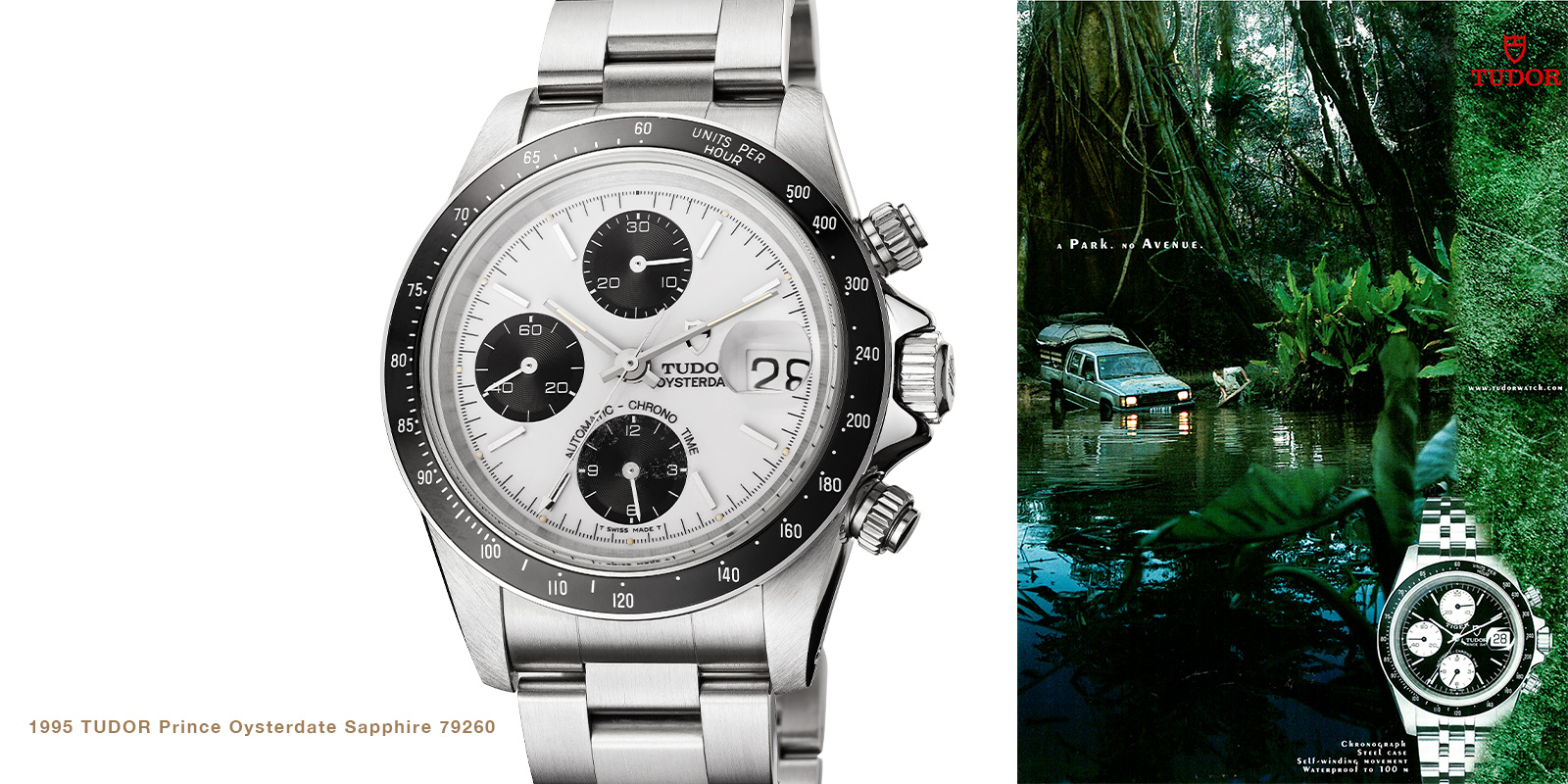
Powering these new chronographs was the Valjoux calibre 7750. Although it was the same diameter as the manually wound Valjoux 234, it was 1.5 mm thicker and had a cam system chronograph mechanism. The architecture of this new movement required a reorganisation of the dial with the addition of an hour counter, with the counter group shifting left and the date aperture to 3 o’clock.
The name “Big Block” endured when the following 79100 series was introduced in 1989, which underwent only minimal modifications.
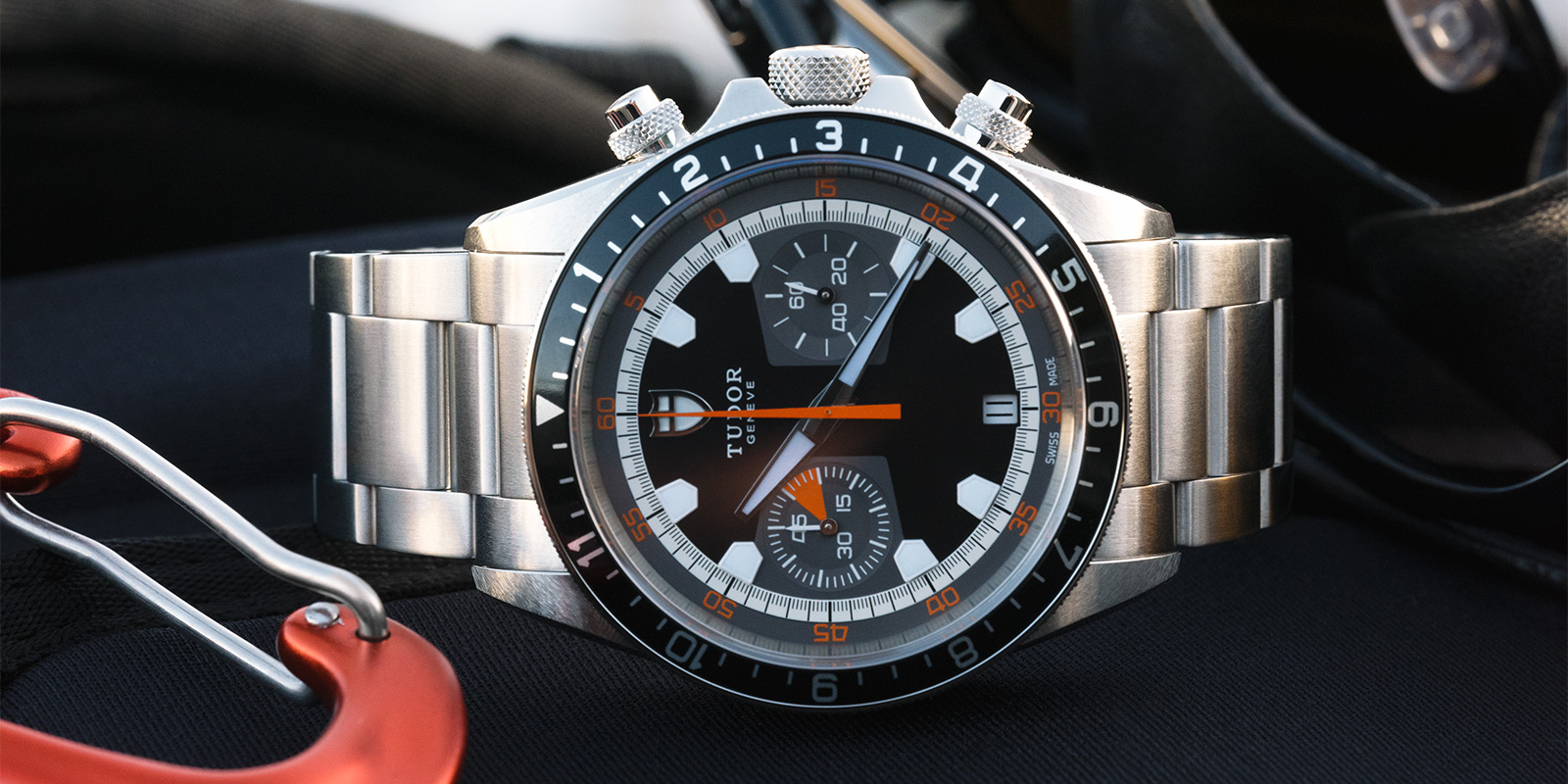
In 2010, TUDOR paid homage to the original “Homeplate” models – specifically the prototype reference 7033 – with the launch of the Heritage Chrono collection to mark the 40th anniversary of the first TUDOR chronograph. Still available in the collection today, the reference 70330N adopts many of the aesthetic elements of the famous reference 7033, including its hourly graduated rotating bezel. There are of course a host of modern touches too, including a larger 42mm case, sapphire crystal protecting the dial and a self-winding mechanical movement, Calibre 2892, with an additional mechanism for the chronograph function.
Again, two different dial variations are available, inspired by the options available in 1970. Choose from grey with black sub-counters or black with grey sub-counters, both with striking orange highlights. As you would expect these models still feature the distinctive pentagonal hour markers from which it derives its nickname. But while on the original these were painted, they are now applied on the modern version, adding a further sense of depth to the dial.
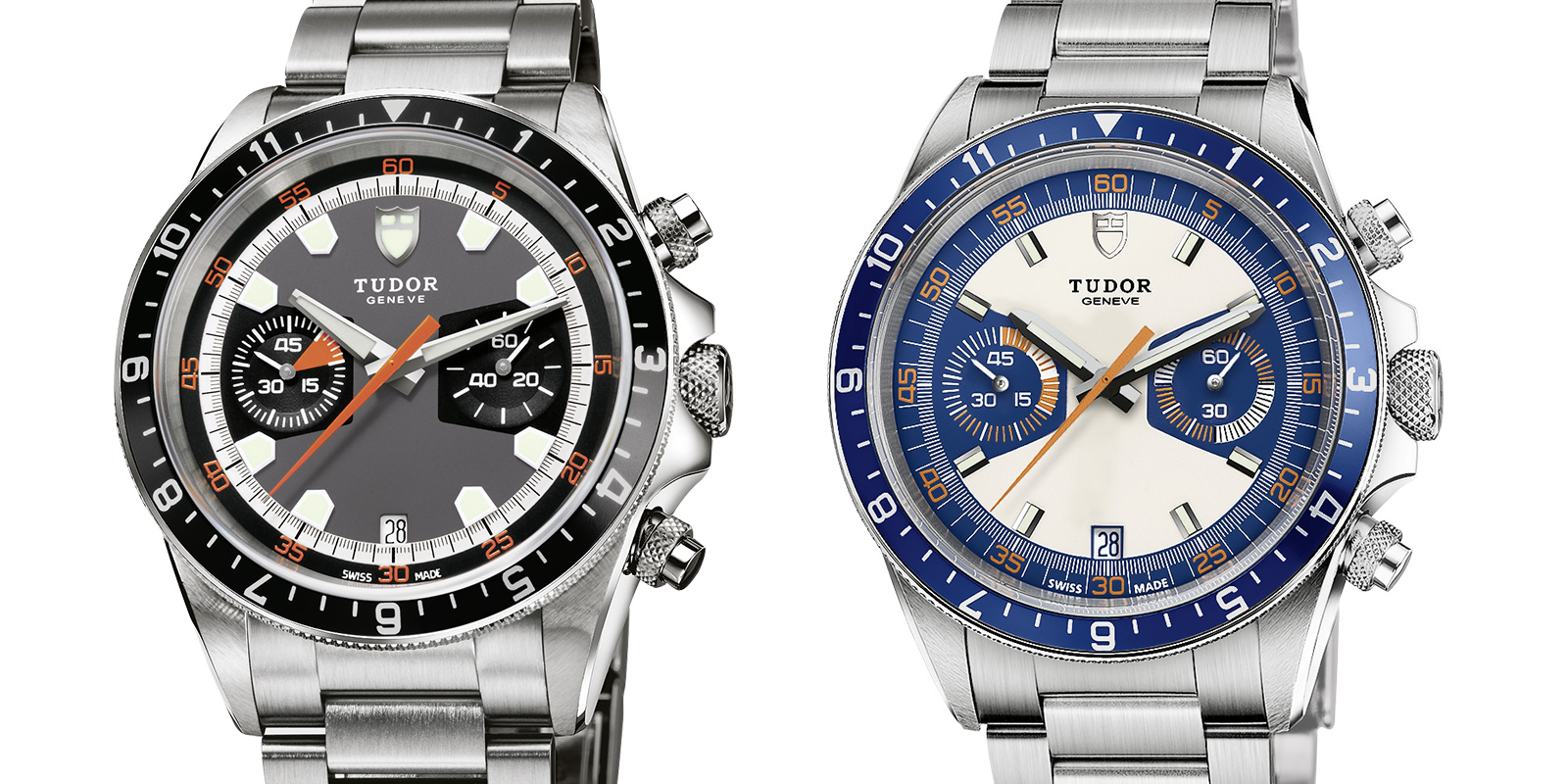
A re-issue of the iconic “Monte-Carlo” editions from 1971 would follow a few years later in 2013, under the name Heritage Chrono Blue. Again, the colour scheme and dial-layout are inspired by the original, with modern updates making it suitable for the rigours of everyday wear. This model is also still available in the current collection, and is equipped with the same self-winding mechanical movement, Calibre 2892, with an additional mechanism for the chronograph function.
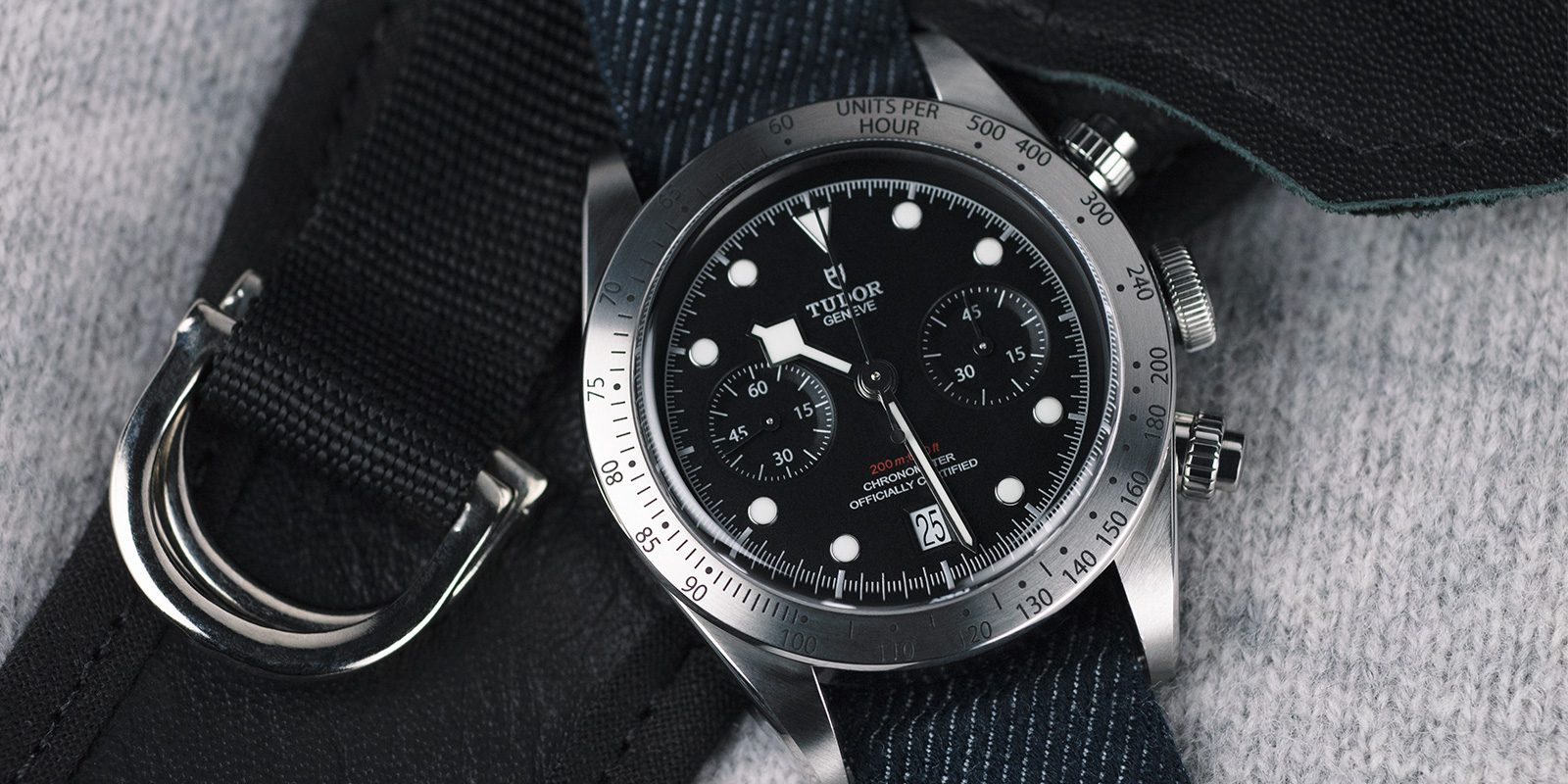
Before TUDOR added motorsport-inspired chronographs to its already impressive repertoire in 1970, the brand had spent the preceding 20 years building a reputation for its professional dive watches. In 2017, it made the daring move of combining elements of both worlds to create the Tudor Heritage Black Bay Chrono (ref. 79350), which has roots in the Black Bay’s aquatic heritage along with racetrack associated chronograph functionality.
Few anticipated this exciting development from TUDOR, but the brand is of course well known for marching to the beat of its own drum. Fast-forward three years and the popularity of the Black Bay Chrono is undeniable. It is now available in three distinctly different variations, including steel, Steel and Gold and the new limited-edition Dark version celebrating TUDOR’s partnerships with the Rugby World Cup 2019™ and New Zealand’s national rugby team.
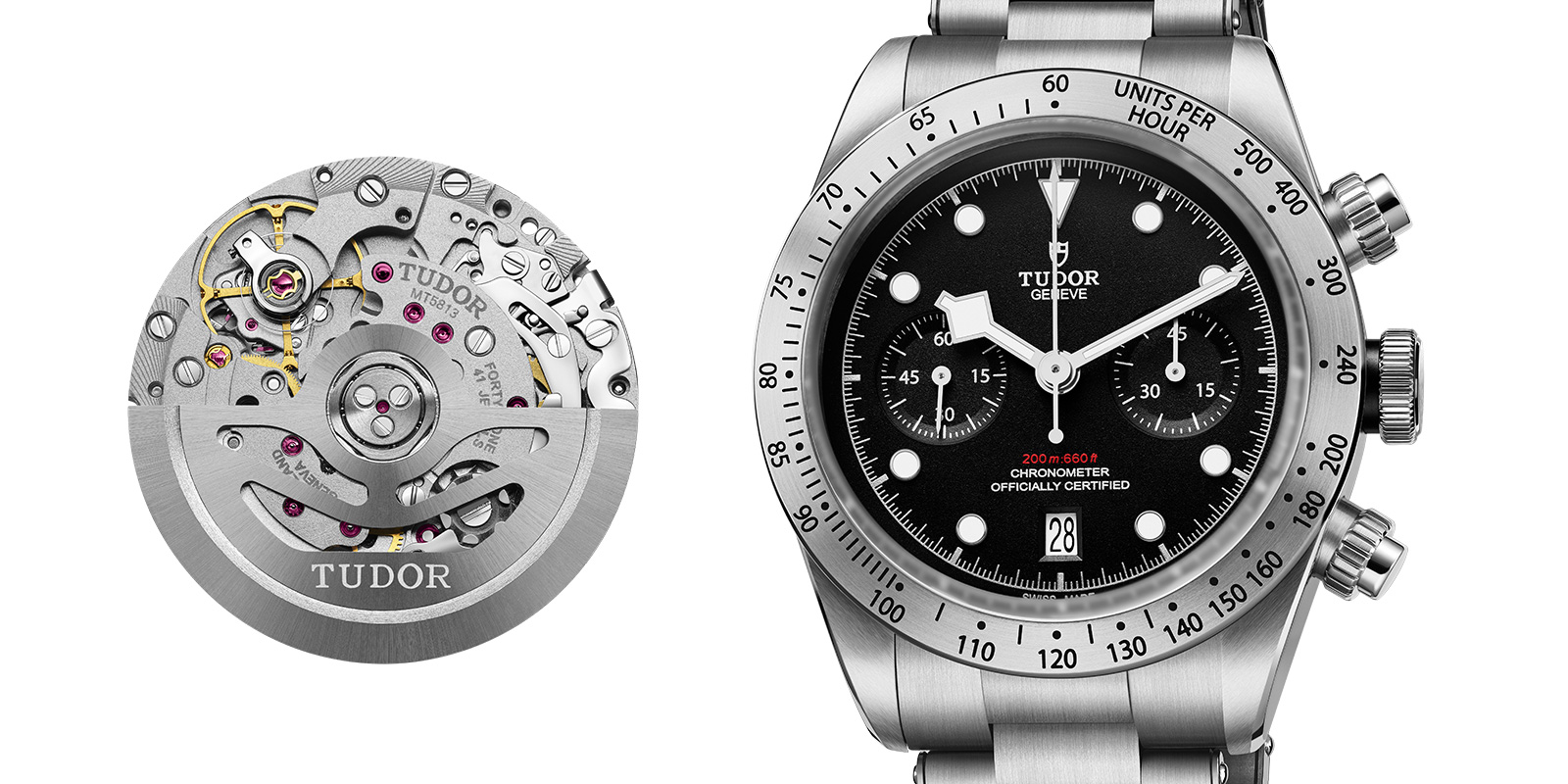
The modern-sized 41mm features a fixed bezel with engraved tachymeter scale and a domed sapphire crystal. A matt black dial offers a clean and classic aesthetic familiar to dive watch fans. Featuring two hollowed sub-dials — a running seconds register at 9 o’clock and a 45-minute counter at 3 o’clock — plus a date window in white at 6 o’clock, Tudor successfully merges the practicality of a professional divers watch with the functionality of a chronograph. In homage to its vintage-inspired origins, the Heritage Black Bay Chrono’s displays a depth rating (“200 m : 660 ft”) in vivid red.
Powering the Tudor Heritage Black Bay Chrono is the Manufacture chronograph Calibre MT5813. Created in collaboration with Breitling, this self-winding mechanical movement with bidirectional rotor system is based off the chronograph manufacture calibre Breitling 01. This version, however, boasts Tudor exclusive features including the inertia balance wheel, a non-magnetic silicon balance spring, and other finishes. COSC-certified and guaranteed via a range of extreme testing applied to all Tudor watches, this movement offers extreme robustness and reliability, as well as a power reserve of 70 hours.
2020 – And Beyond?
As TUDOR celebrates 50 years of making exceptional mechanical chronograph watches this year, we can only wait with much anticipation to see what the brand has planned next. In the meantime, we invite you to visit your nearest Watches of Switzerland boutique today and discover the full TUDOR chronograph range in person.








 Rolex
Rolex A. Lange & Söhne
A. Lange & Söhne Blancpain
Blancpain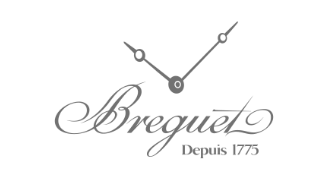 Breguet
Breguet Breitling
Breitling Cartier
Cartier Hublot
Hublot Vacheron Constantin
Vacheron Constantin IWC Schaffhausen
IWC Schaffhausen Jaeger-LeCoultre
Jaeger-LeCoultre OMEGA
OMEGA Panerai
Panerai Roger Dubuis
Roger Dubuis TAG Heuer
TAG Heuer Tudor
Tudor FOPE
FOPE Agresti
Agresti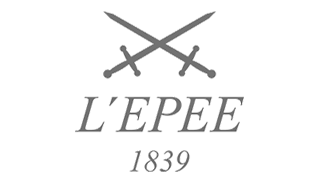 L’Épée 1839
L’Épée 1839



